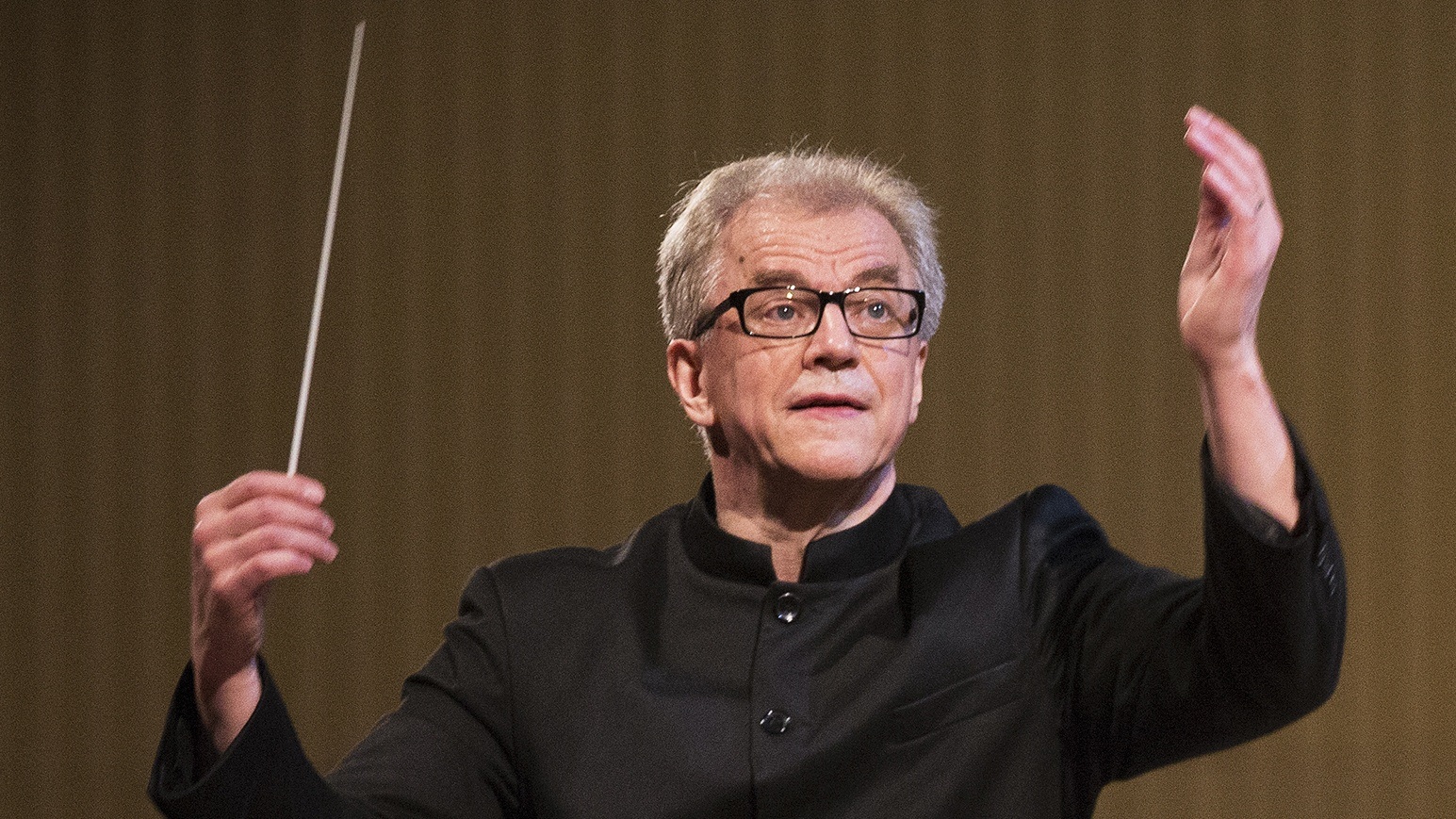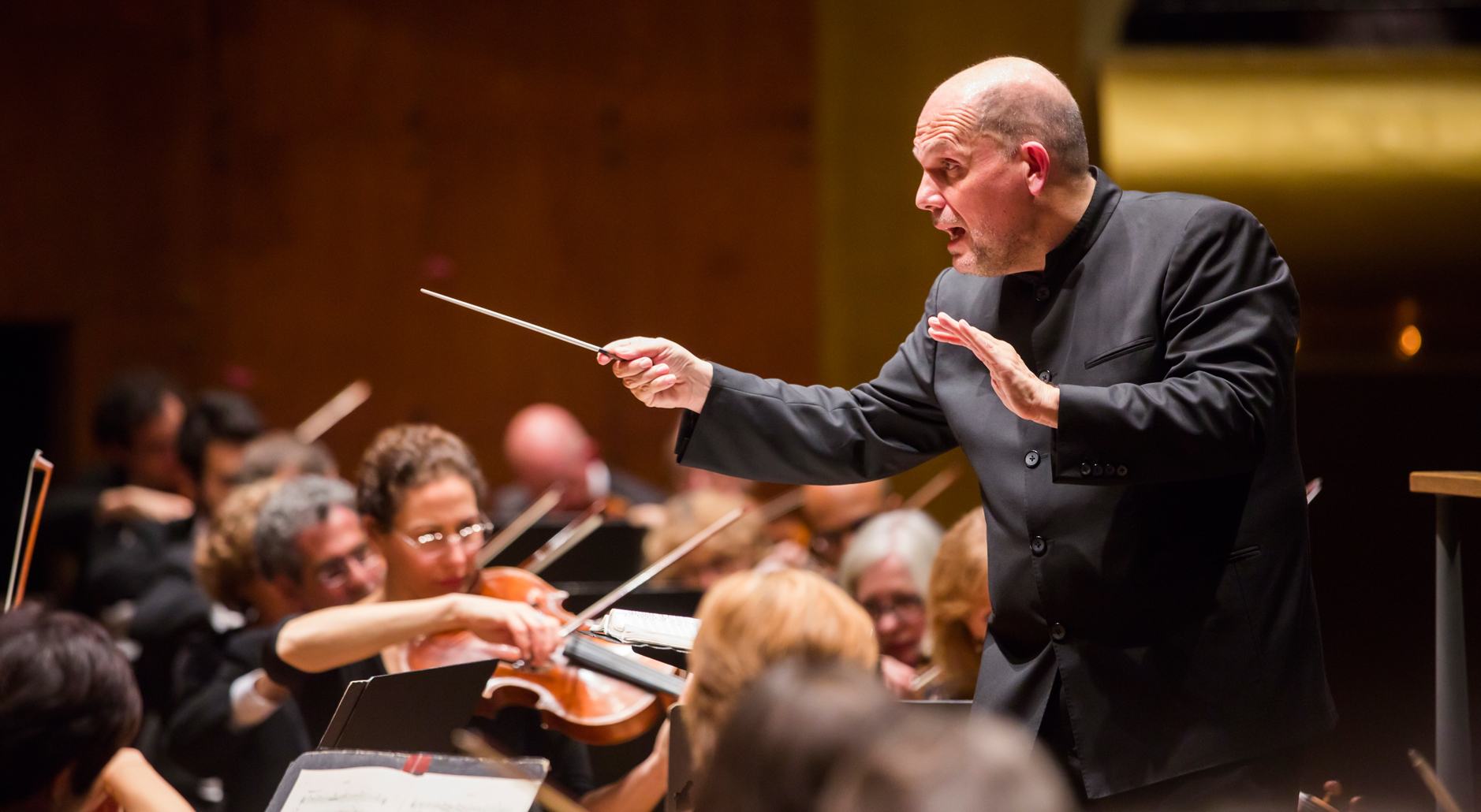Haydn’s “Military” Symphony No. 100
It would be fun to travel back in time to visit the dynamic public concerts of London’s Hanover Square Rooms during the early 1790s. This is when Franz Joseph Haydn was taking the city by storm, conducting his final twelve symphonies (Nos. 93-104) from a seat at the harpsichord. Haydn remained on the payroll of the Esterházy court during this time. But it was London where he was regarded as a rockstar, thanks to an invitation from …







